Ford is one of the most recognizable automotive brands in North America, with a history stretching back to Henry Ford’s assembly line revolution in 1903. It has built some of the most beloved cars and trucks ever made, from the Model T to the F-150. But as with any major manufacturer, not every chapter of its history is a glowing success story. Some models have been plagued by mechanical troubles, depreciation, or underwhelming execution. Here are ten reasons why a Ford might not be the right choice for every driver, with real examples to illustrate the point.
Questionable Long-Term Reliability
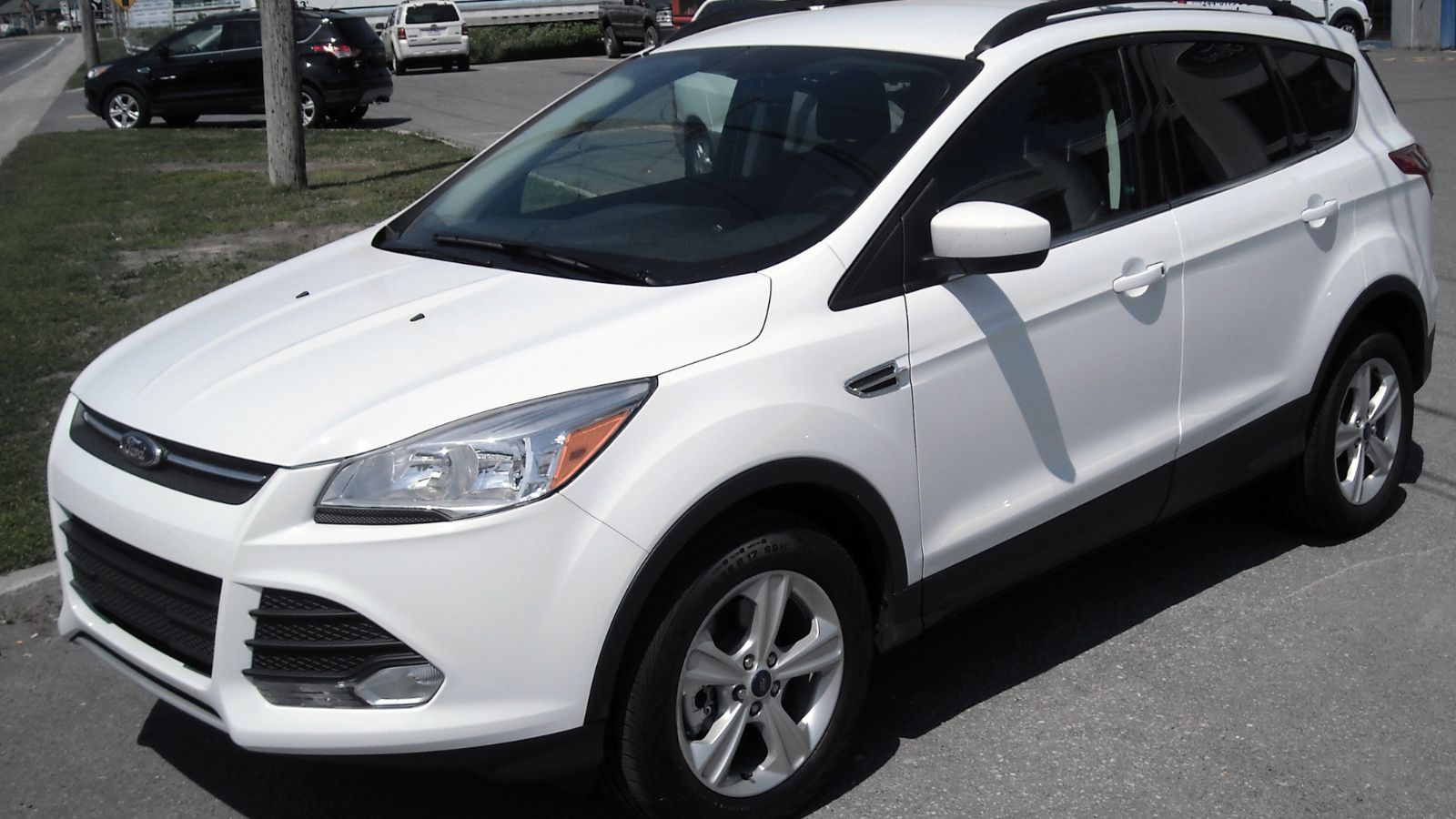
Ford has made vehicles that last decades — think of the old Crown Victoria taxis that racked up 400,000 miles. However, certain recent models have struggled. The 2013–2019 Ford Escape, for example, suffered from recurring coolant leaks that could lead to engine failure in the 1.6-liter EcoBoost. The Ford Explorer’s 2011–2015 generation also faced timing chain issues in some V6 engines. For buyers who expect a car to quietly soldier on for 15 years with minimal drama, these problem years can be a red flag.
Inconsistent Build Quality
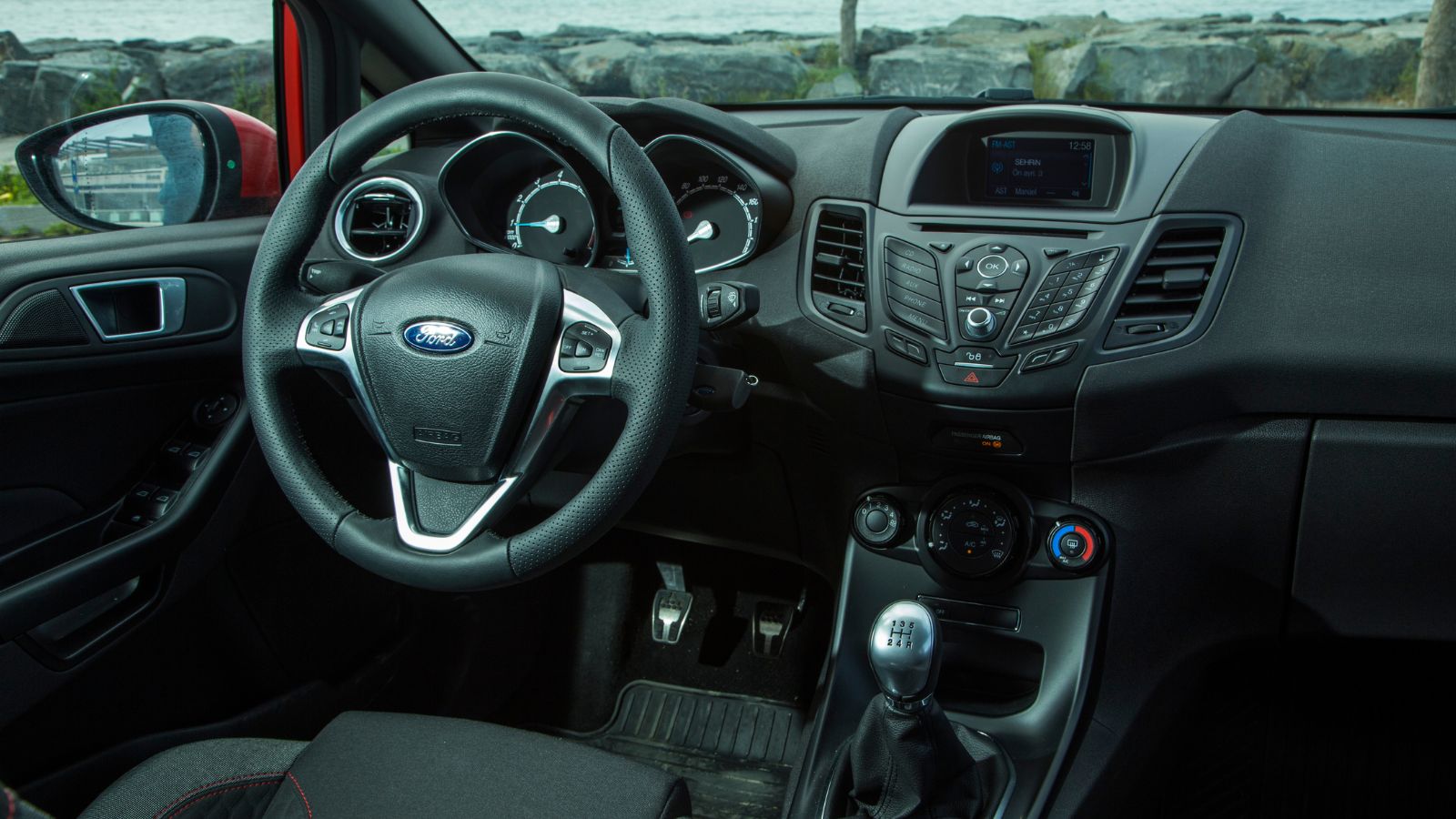
Even within the same model year, Ford’s assembly quality can vary noticeably. The 2011 Fiesta earned praise for driving dynamics but faced criticism for interior trim pieces that rattled within a few thousand miles. Meanwhile, certain F-150 trucks in the early 2000s were prone to paint bubbling on aluminum panels, especially in northern climates. This lack of uniform quality means two seemingly identical cars can age very differently.
Depreciation Rates Can Be Harsh

While a first-generation Mustang Fastback from the 1960s can be a solid investment, many modern Fords shed value fast. A 2017 Ford Taurus, for example, could lose more than half its value in just five years. Mid-tier SUVs like the Edge often face heavy depreciation as soon as newer models with updated tech arrive. For buyers who trade in frequently, this drop can make ownership more expensive than anticipated.
Complicated Technology That Ages Poorly

Ford was an early adopter of touchscreens and integrated infotainment systems. Unfortunately, early versions of SYNC and MyFord Touch (seen in models like the 2011–2015 Explorer and Focus) were notoriously buggy. Owners reported frozen screens, laggy responses, and voice commands that rarely worked as advertised. In some cases, software updates fixed issues, but many systems simply aged out of support, leaving owners stuck with dated tech.
Fuel Economy Shortfalls
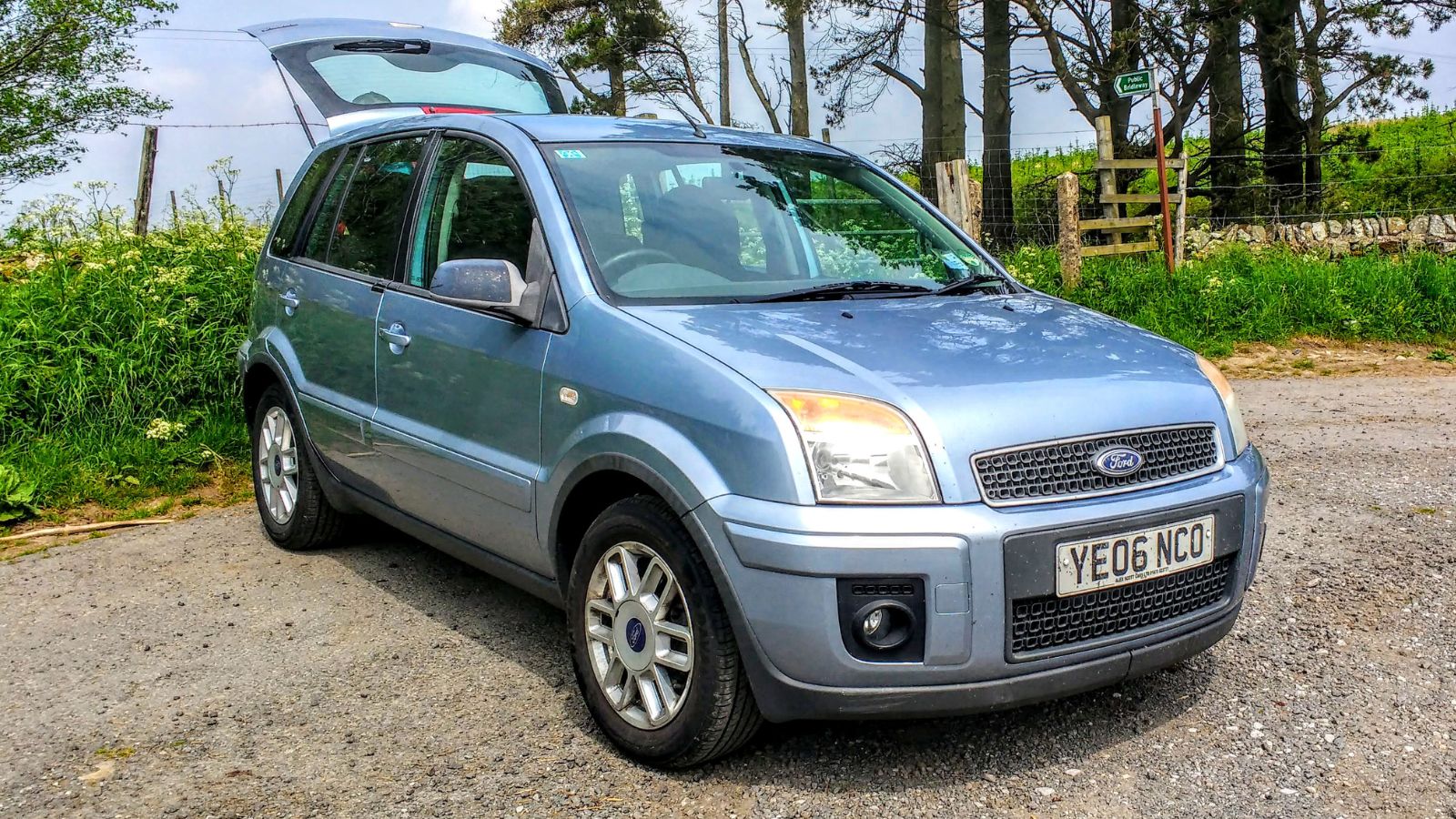
EcoBoost turbo engines promised the best of both worlds: V8 power with four-cylinder efficiency. In practice, real-world results often fall short of EPA estimates. Owners of the 2.7-liter EcoBoost F-150 frequently report city fuel economy in the mid-teens, well below the official ratings. Larger SUVs like the Ford Expedition have also struggled to deliver their advertised mileage, especially when loaded or towing.
Transmission Troubles in Certain Models
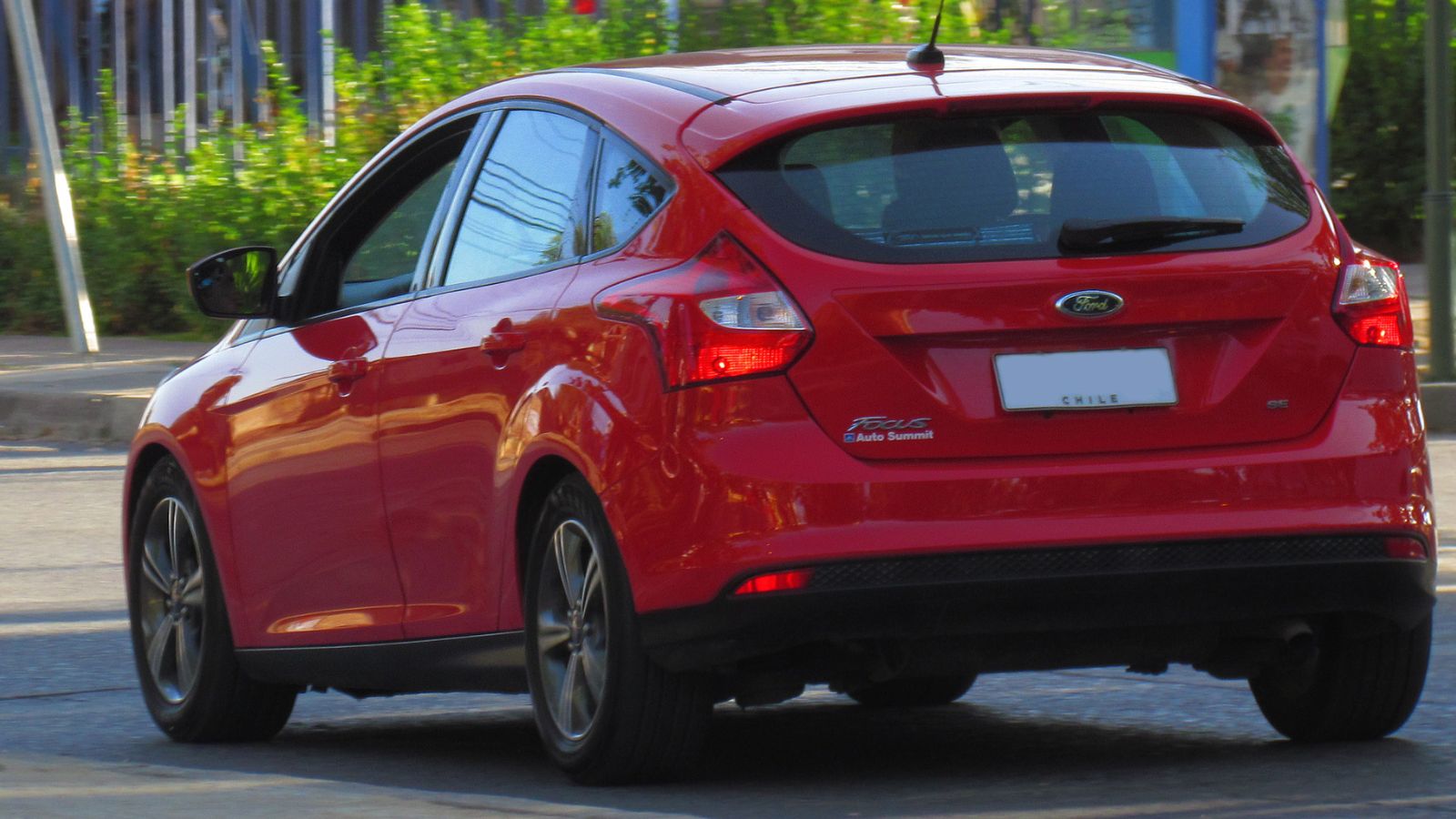
No list of Ford headaches would be complete without mentioning the PowerShift dual-clutch automatic. Found in the 2011–2016 Fiesta and 2012–2016 Focus, it became infamous for jerky shifts, hesitation, and clutch wear. The issue led to lawsuits, extended warranties, and a long-lasting dent in Ford’s reputation for small car reliability. Even though newer models use different transmissions, the memory of these problems still makes some buyers wary.
Interior Materials Not Always Premium

Ford interiors have improved in recent years, but there have been plenty of missteps. The 2006–2012 Ford Fusion offered sharp styling but used hard plastics that scratched easily. Early 2010s Escape models had door panels and dashboard surfaces that faded or warped in the sun. Compared to similarly priced Hondas or Mazdas, these materials could feel cheaper and less durable over time.
Overly Complex EcoBoost Engines

While the EcoBoost lineup offers impressive torque and acceleration, these engines are far from simple. The 3.5-liter EcoBoost V6, used in the F-150 and Explorer Sport, has had documented issues with carbon buildup on intake valves due to direct injection. Turbocharger failures, cooling system leaks, and timing chain wear can also appear if maintenance intervals are stretched. For high-mileage buyers, these potential repair bills are worth considering.
Recalls and Service Bulletins
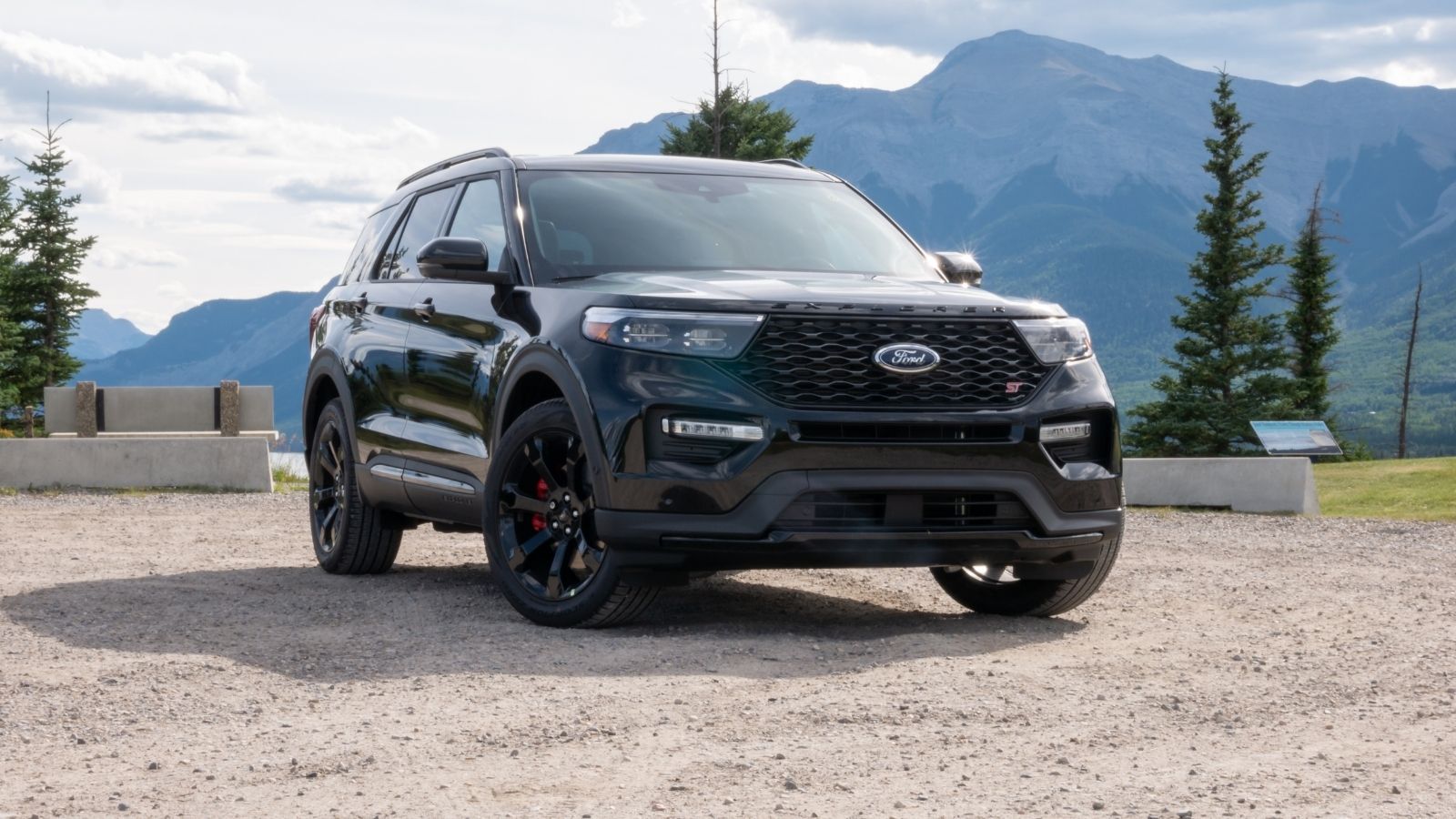
Ford’s recall history is extensive, and while all automakers deal with recalls, certain models have been repeat offenders. The 2020–2022 Explorer was recalled multiple times for issues ranging from rollaway risks to faulty suspension parts. Even the popular F-150 has had recalls for improperly assembled seat belts and steering components. Frequent trips back to the dealer can sour the ownership experience, especially for those who depend on their vehicle daily.
Fierce Competition Offers Better Value

In many segments, Ford faces tough rivals that outshine it in reliability and long-term cost of ownership. The Toyota Tacoma consistently beats the Ranger for resale value. The Honda Accord often tops the Fusion in owner satisfaction. Hyundai’s Palisade and Kia’s Telluride offer longer warranties and upscale interiors that make the Ford Explorer look pricey in comparison. For buyers who shop with a calculator in hand, these alternatives can be hard to ignore.
25 Facts About Car Loans That Most Drivers Don’t Realize

Car loans are one of the most common ways people fund car purchases. Like any other kind of loan, car loans can have certain features that can be regarded as an advantage or a disadvantage to the borrower. Understanding all essential facts about car loans and how they work to ensure that you get the best deal for your financial situation is essential. Here are 25 shocking facts about car loans that most drivers don’t realize:
25 Facts About Car Loans That Most Drivers Don’t Realize
